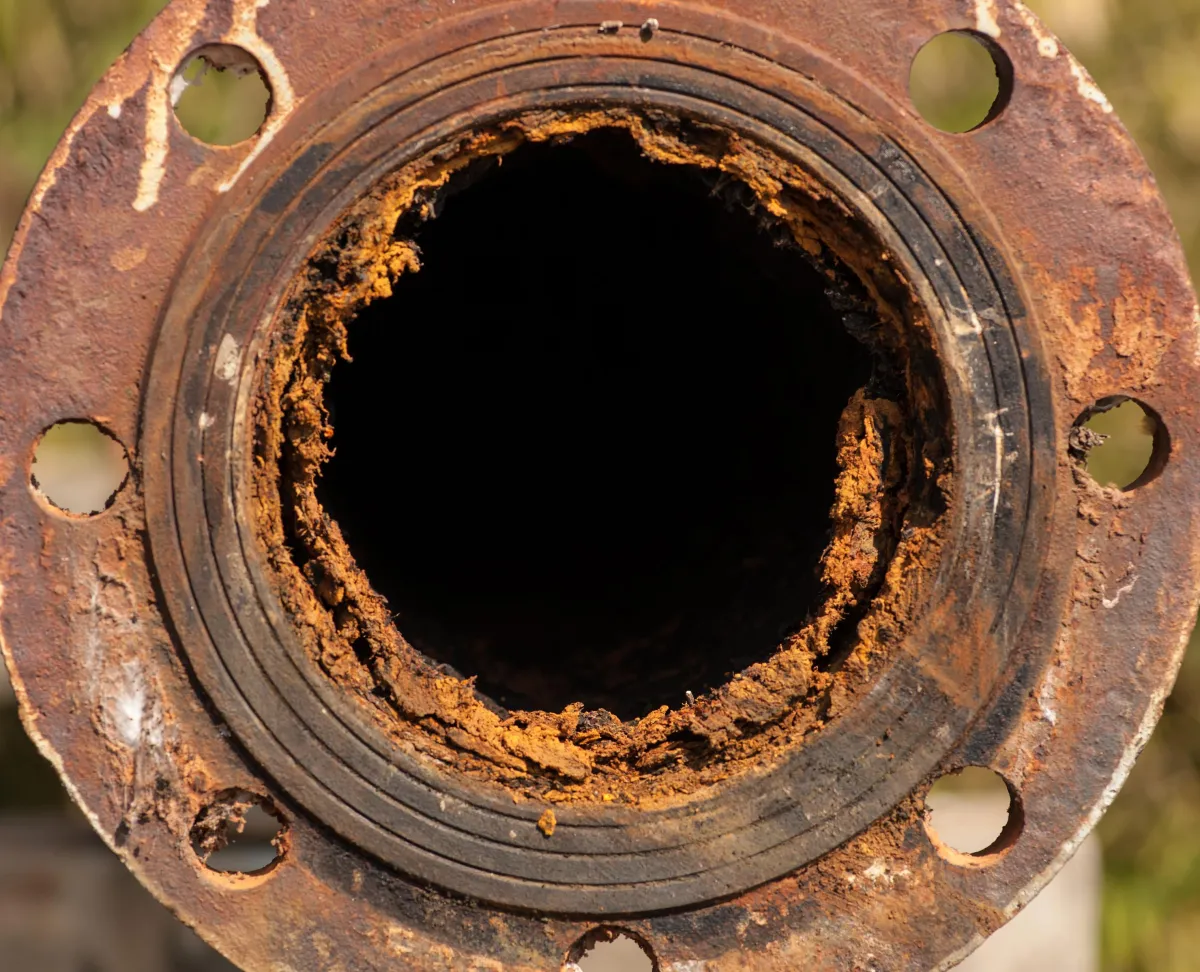
Confined Space Safety: How Data & Instinct Save Lives
Confined Space Safety: How Data & Instinct Save Lives
Why Confined Spaces Are Deadlier Than Ever—And How Tech Helps
Despite advancements, confined spaces still claim lives due to:
✔ Toxic gas buildup (H2S, CO, methane)
✔ Structural collapses
✔ Human error in emergency response
Solutions? Robots, AI, and better training.
1. The 2025 Confined Space Entry Protocol
Step 1: Robotic Inspection
Drones with gas sensors map hazards before humans enter
Crawler robots inspect structural integrity
Step 2: AI-Powered Permit System
Dynamic risk scoring adjusts permits in real-time
Blockchain logging ensures unalterable compliance records
Step 3: Human Verification
Final check by seasoned workers (Tech can miss subtle signs)
2. Real-Time Monitoring: The End of "Set It and Forget It" Gas Detection
2025’s Breakthroughs:
Nanotube sensors detect ppm-level H2S instantly
Smart respirators auto-adjust filtration based on air quality
Vital-sign harnesses trigger evacuations if a worker’s heart rate spikes
Case Study:
A repair team in a storage tank gets an AI alert seconds before a hidden gas pocket releases—buying critical escape time.
3. Rescue in 2025: Drones, Exoskeletons & AI Coordination
Faster, Smarter Emergency Response
Rescue drones deliver oxygen masks and defibrillators
Exosuits let responders lift debris without injury
AI dispatchers optimize rescue team routes
4. Training for the New Era: Simulators & Virtual Reality
Basin Safety’s 2025 Programs Include:
VR confined space drills with haptic feedback
AI "what-if" scenarios (e.g., sudden gas leak mid-entry)
Certification in hybrid human-machine decision making
The Future Demands Both Grit and Gadgets
Confined space work will always be high-risk—but 2025’s tech-human partnership makes it survivable.
Don't wait for an accident to highlight your safety gaps. Contact us today or visit our website to strengthen your safety protocols and protect your team.
Contact Us:
(701) 572-8140
www.basinsafetyus.com
